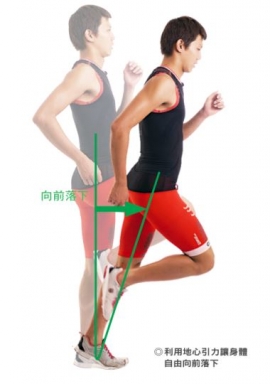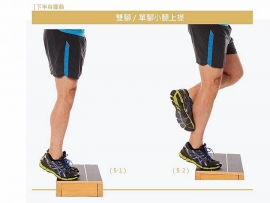在《Anatomy for Runners》中有看到了一个“Knee to chest bridge”的动作,书上是这样介绍的:
Improve glute max recruitment while eliminating the change of arching the spine. Pull in your right knee, holding it against your chest. Keeping your head and shoulder blades on the floor, push up with left leg into a bridge position while keeping your right leg against you. Push up, keeping the pelvis level, then lower yourself down.
(消除进行桥式时,嵴椎会造成拱形的状况,改善臀大肌徵召的情形。)
这个动作亦称为“Cook Bridge”或是“Cook hip lift”,在Core Connections: The Bridge也有看到关于这个动作的介绍:
The Cook Bridge involves hugging one knee to the chest and then lifting the hips and pelvis, perhaps just a few inches. By hugging the knee in toward the chest we limit lumbar extension and demand that the gluteus initiate hip extension rather than the low back. The Cook lift keeps the lumbar spine in neutral (a hallmark of core training) and isolates the glutes.
(将膝盖抱往胸口的方式,限制腰椎延展,并且要求臀肌来启动髋关节进行延展动作。此外,Cook lift可以保持嵴椎的中正并且独立出臀肌来进行训练。)
因此若对于臀肌的驱动并是这么熟悉的朋友,在练习单脚屈膝桥式时,或许可以试试将单脚抱往膝盖来进行,放颗网球在膝盖与胸口之间,保持膝盖与胸口的靠近,同时也限制腰椎的动作。此外,髋关节上抬的幅度不会太大的唷。
文章来源:山姆伯伯工作坊



